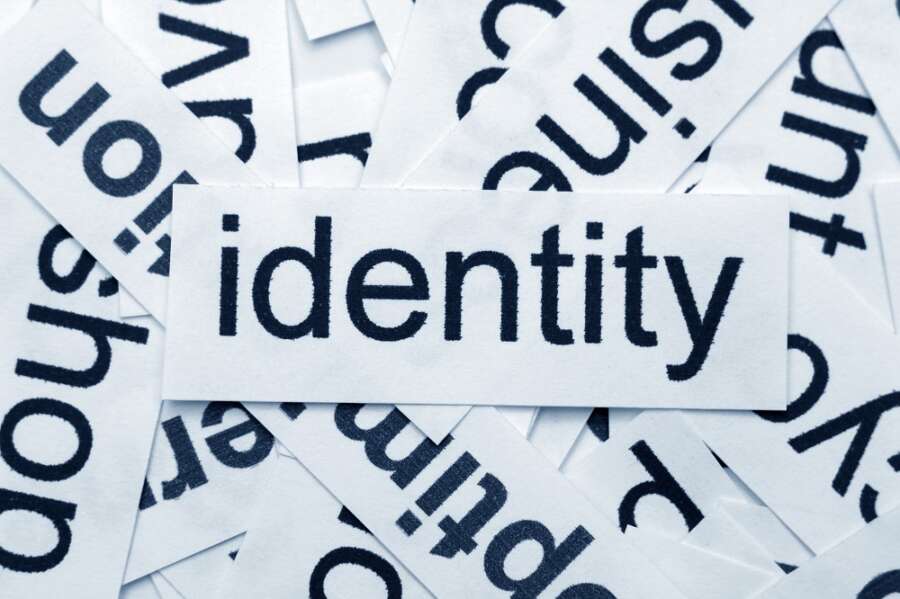
By: Charlotte Nichols, Managing Director, Harvey & Hugo
Everyone loves a story; they’re how we make sense of the world.
But while you may be used to telling stories about what your business does, have you ever really thought about the tale behind your brand itself?
Remember: facts tell, stories sell. As psychologist Jonathan Haidt said: “The human mind is a story processor, not a logic processor.”

Charlotte Nichols, Managing Director, Harvey & Hugo
Humans have been telling stories to make sense of the world since the dawn of time and this isn’t simply a case of fiction or fairytales. Think of solicitors outlining a case in court, a computer game, a football match – these are all stories in their own way, with characters, a plot and an outcome.
Your brand is no different, so creating an engaging, coherent brand story is key to cementing your place in the public consciousness – but what is it, and how can you create one?
What is a brand?
We’ll start at the beginning, by highlighting what it’s not. As American author Mary Nuemeier says: “A brand is not a logo. A brand is not an identity. A brand is not a product. A brand is a person’s gut feeling about a product, service or organisation.”
In short, a brand is how your audience perceives you, which all comes down to the most powerful computer in the world – the brain.
Everything you have ever known – and ever will know – is all housed in that 3lb lump of grey matter between your ears. In fact, your brain processes around 34 gigabytes of data a day – enough to overload a laptop in a week.
And what your brand needs to do is lodge itself in the amygdala, the part of the brain responsible for our emotions and feelings, and then in the hippocampus – our long-term memory.
Which is where your brand story comes in – to create a truly memorable and loveable brand, you need to build these positive associations and make people remember you.
How to do it
It’s not an overnight process, although it may sometimes look like it. For example, the world’s most popular brand, Apple, has been more than 40 years in the making.
However, there is a recognised path when it comes to building your brand story, which can be broken down into the following eight steps.
Purpose and ambition
“People don’t buy what you do, they buy why you do it.”
As this quote by Simon Sinek highlights, as well as telling people what you’re offering, you also need to make sure you communicate your vision and values.
Before you start to build your brand, make sure you’re clear on your what, how and why; this is what will give people an emotional connection and build brand loyalty.
Be visible and distinctive
People need to know about you to create desire for the brand. Here, it’s useful if you stand out from the crowd, so think about how you can make your brand different and offer something new.
Be clear and concise
To build a strong brand, you need to spell it out to your audience. After all, you can’t generate desire for something if people don’t really understand it, and research shows that people don’t buy the cheapest, they buy what they understand.
Have a key person of influence
Don’t let your main person hide behind the business, make them a clear figurehead – along the lines of Jeff Bezos or Steve Jobs.
They need to make their own mark on your industry, through blogs, speaking engagements or thought leadership pieces.
Listen and empathise
We are all bombarded with information all day every day, and if you’re not part of the solution, you’re part of the problem.
Listen to your customers, understand their problems, and let them shape the business; find out what their problems are and solve them.
Community and constituents
Your customers and the feelings they have are your brand, so it’s important to create a sense of belonging. You also need constituents, who are actively involved in your brand, having a say and asking questions.
Hyundai is a great example. In the last recession, it launched its Hyundai Assurance program, allowing customers to return a car if they lost their job. Not only does this make clients feel valued, it also creates great brand loyalty.
Be consistent and coherent
Consistency is an underrated commodity these days, but to build a brand you need to be working on it regularly – otherwise, how can you expect your audience to remember you?
However, it’s also important that all your activity is coherent; you can use different messages across different platforms, but the key values must remain the same.
Use taglines and triggers
Diet Coke break. Just Do It. Because You’re Worth It.
Taglines such as these are so important, as the phrasing fits into people’s everyday lives, acting as a constant reminder of that brand.
If you can, try to link your tagline to every part of your audience’s lives, so when they think of it, they also think of your brand.
Make it personal
As we alluded to above, one of the major ways to build your brand is by focusing on your key person of influence – a term coined by entrepreneur and author Daniel Priestley.
The fastest way to grow a business is to build a key person of influence (KPI) within the business: a thought leader, someone recognised as an expert in their field. More often than not, that will be the boss.
A good example is Tesla founder Elon Musk. In terms of recognition, he’s far bigger than the brand he created, with 50m followers on Twitter compared to Tesla’s relatively paltry 8.6m.
That’s because people buy from people, not from businesses; consumers are more drawn to individuals and so you shouldn’t hide behind your company’s brand – you should embody it.
Let people see the person behind the brand, emotionally as well as physically. Tell your own story; why and how did you launch your business? Even if it’s as simple as losing a job and needing the money, that’s a real genuine story, and can even make your audience more likely to buy from you than a profit-hungry corporation.
Once you’ve come up with your story, you need to make sure it is heard – after all, you are who Google says you are.
You could be the most knowledgeable person on the planet with the best, most cost-effective product, but if you’re not on the first page of Google, you may as well be nobody.
Enter awards, look for speaking opportunities, offer quotes for any relevant stories – it’s all about making sure you as an individual are visible.
Social media is also great for this, allowing you to create a consistent, cost-effective presence easily. It also works on a compounding effect, meaning the more you grow, the more you grow. For example, it may take you 1,000 posts to reach 1,000 followers, but then just 100 posts to get to 5,000, as more and more people share your content.
Whether it’s your own personal brand you’re looking to boost, or that of your business, the building blocks remain the same; tell your story, share it widely and keep it consistent.
Oh, and be patient – it’ll be worth it in the end.


